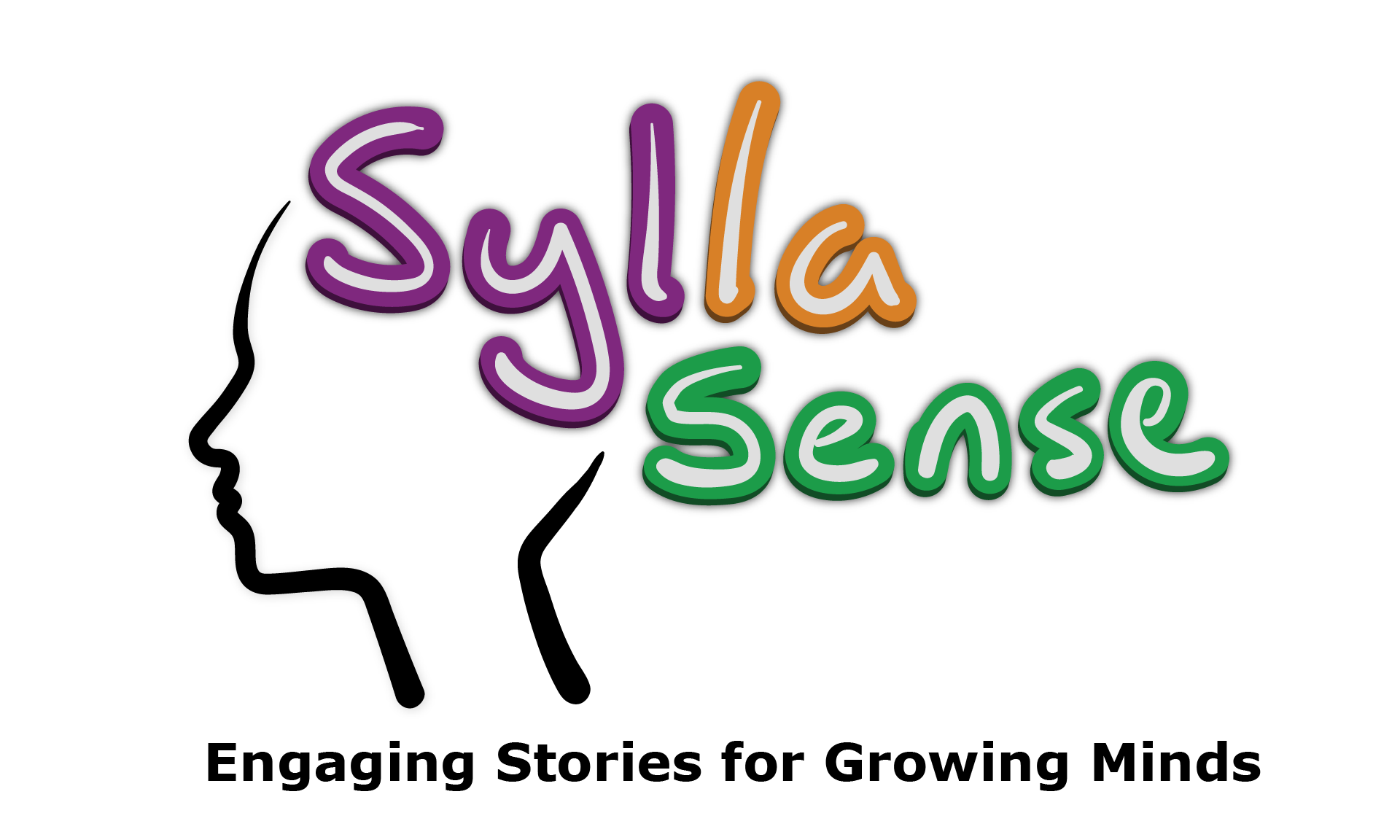Pets - Tip Sheet
 - IT IS ESSENTIAL TO PRE-TEACH THE CONCEPTS INTRODUCED IN EACH BOOK PRIOR TO READING! -
- IT IS ESSENTIAL TO PRE-TEACH THE CONCEPTS INTRODUCED IN EACH BOOK PRIOR TO READING! -
|
Pets - Teacher Tip Sheet Yellow Series - Book 7 - Pets |
||||||||||||||||
|
Grapheme/Phoneme Correspondence |
Tips and Activities to Try |
|||||||||||||||
|
Introduced in This Book
Previously Introduced Vowels
Consonants
Digraphs
Additional Concepts
|
Key Concepts to Understand
Words and Phrases for Reading and Writing Here is a list of words that can be used for phonemic awareness activities, reading, dictation, games cards, etc.:
Here is a word chain you could complete with blending cards:
Here are phrases that can be used for reading and/or dictation practice. These phrases can be combined to create sentences. A good opportunity arises to address syntax if the resulting sentence is not grammatically correct (e.g., Six kids packs the kit. → Six kids pack the kit.)
You can differentiate for your students by dropping some of the words in these phases (e.g., “Kip and his pets” can just be “Kip”). |
|||||||||||||||
|
Orthographic Conventions/Patterns and Generalisations |
Tips and Activities to Try |
|||||||||||||||
|
Key Concepts to Understand
|
|||||||||||||||
|
Morphology |
Tips and Activities to Try |
|||||||||||||||
|
Introduced in this Book
Previously Introduced
Note: there are three functions of suffix <-s>: plural, third person singular verb present tense, possessive |
Key Concepts to Understand
Activities to Try
|
|||||||||||||||
|
High Frequency Words |
Tips and Activities to Try |
|||||||||||||||
|
Key Concepts to Understand
|
|||||||||||||||
|
Comprehension Corner - Pets |
||||||||||||||||
|
Vocabulary Development
Making Connections
Inferencing
Retelling/Summarizing
|
||||||||||||||||
Tip Sheet written by Shari Kudsia and Helen Maclean - April 2023 - ©SyllaSense Inc.
